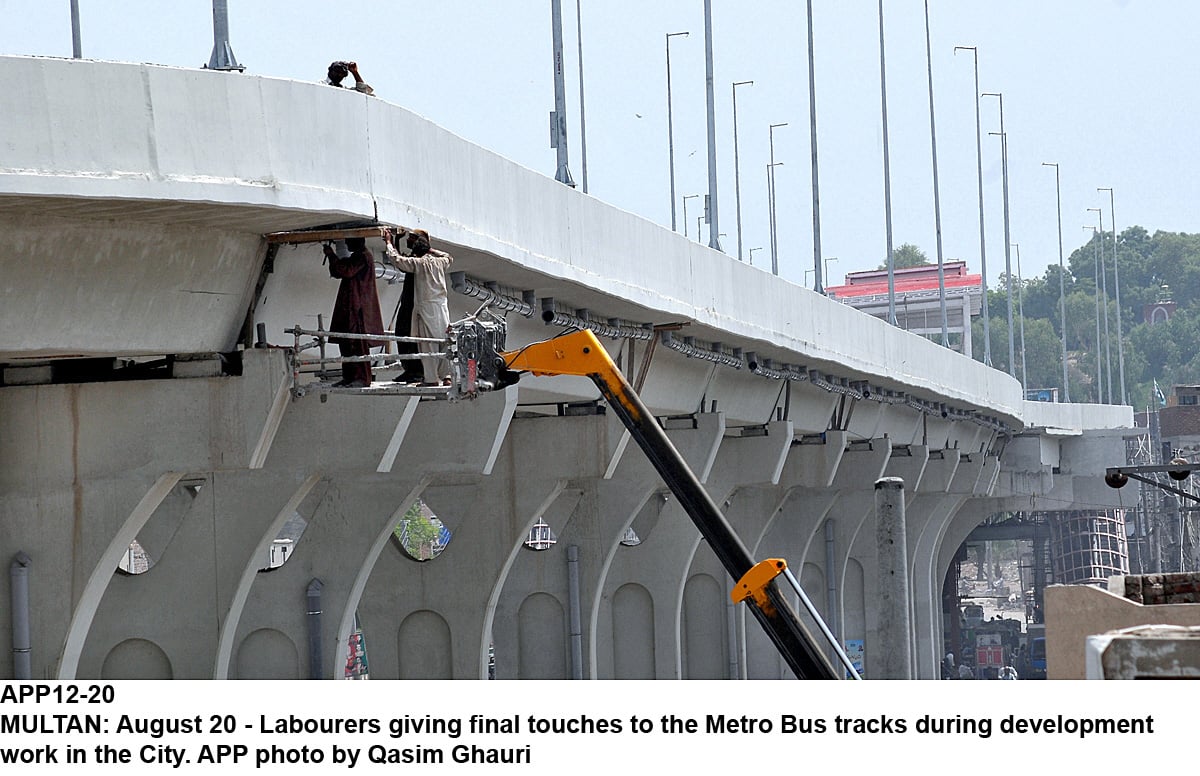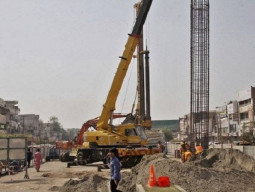
Both international experts were appointed by the Supreme Court.
The report compiled by Prof Robin Coningham raised several objections over the National Engineering Services Pakistan (Nespak) report, which allowed the Punjab government to launch the project.
Messrs Typsa-Asian Consulting Engineers (Pvt) Ltd endorsed Nespak reports and observed that the firm’s findings were complete from a structural point of view.
The Supreme Court on October 14 appointed a commission comprising technical experts for re-verifying Nespak report ‘Vibration Analysis of Viaduct Evaluation of Effects on Heritage Buildings’, in which it was established that there was no threat to any of the five heritage buildings either during the construction of viaducts or during the operation of the electric train.
The commission comprised Messers Typsa-Asian Consulting Engineers and Prof Robin Coningham. Prof Coningham’s report observed that the train route contravened clause 22 of the Antiquities Act of 1975, which stated that no new construction could be undertaken within a distance of 200 feet of a protected immovable antiquity.
It also stated that the train route flouted clause 23 of the same act, which barred the placing of neon signs or other kind of advertisements, including posters, commercial signage and poles near the protected immovable antiquity.
According to this report, Nespak’s 2015 report did not contain any physical or technical evaluation of the stability of the five monuments, adding that it also lacked data regarding the nature of subsoil between viaduct piers and monuments.
“These failings should be mitigated by commissioning a comprehensive and credible interdisciplinary heritage impact assessment.”
The commission also observed that Nespak’s report also failed to take into account the effects of vibrations on two additional buildings likely to be affected by the project. These included the remaining Mughal reservoir which forms part of the Shalamar Gardens and protected by the Antiquities Act of 1975 and the Lakshmi building, protected under the Punjab Special Premises (Preservation) Ordinance of 1985.
Meanwhile, Messrs Typsa Asian Consulting Engineers (Pvt) Ltd endorsed report compiled by Nespak, stating that the approach adopted by Nespak was conservative that resulted in higher than actual vibration velocities. Nespak, it stated, had rightly concluded that there would be no adverse effect on any of these sites.
Messrs Typsa-Asian Consulting Engineers (Pvt) Ltd also concluded that the Nespak reports complied with international codes and standards and the results were correct.
Published in The Express Tribune, December 2nd, 2016.






































COMMENTS
Comments are moderated and generally will be posted if they are on-topic and not abusive.
For more information, please see our Comments FAQ